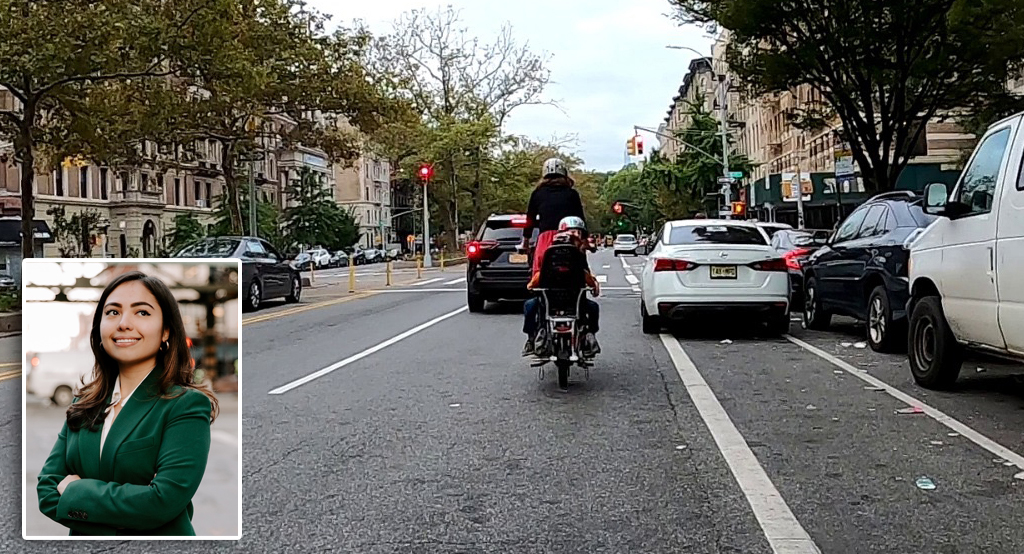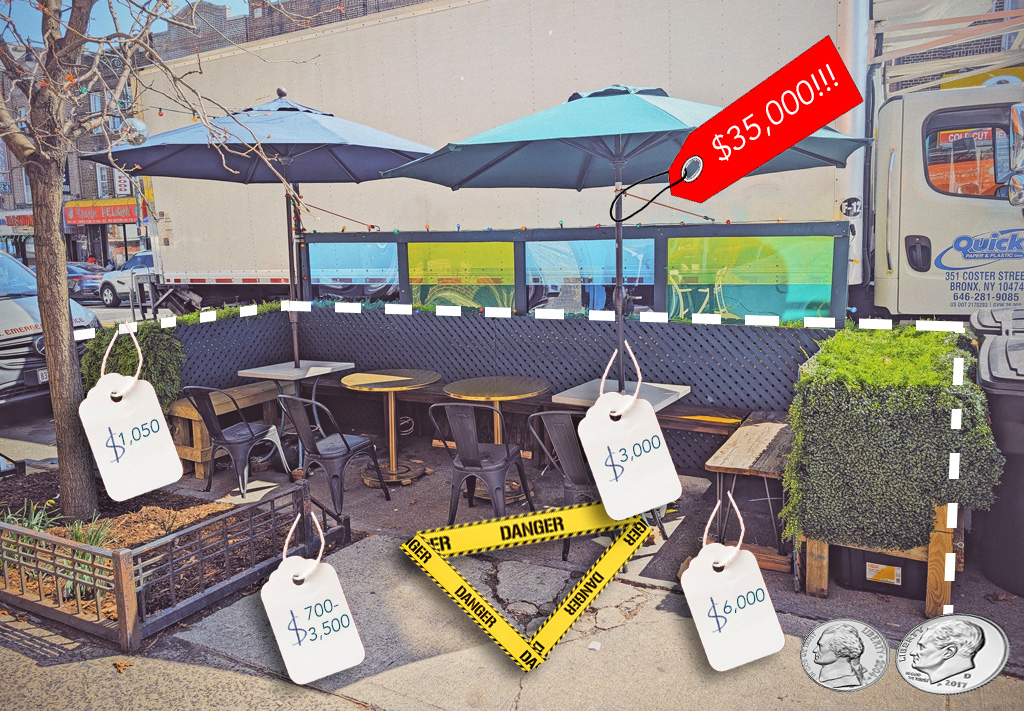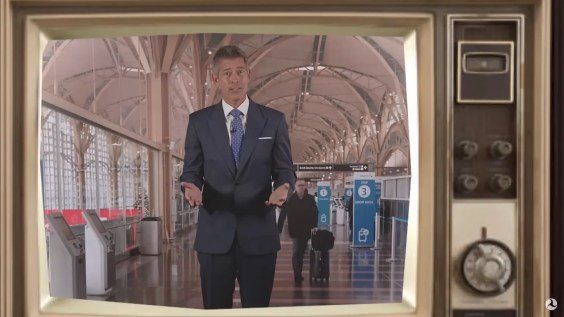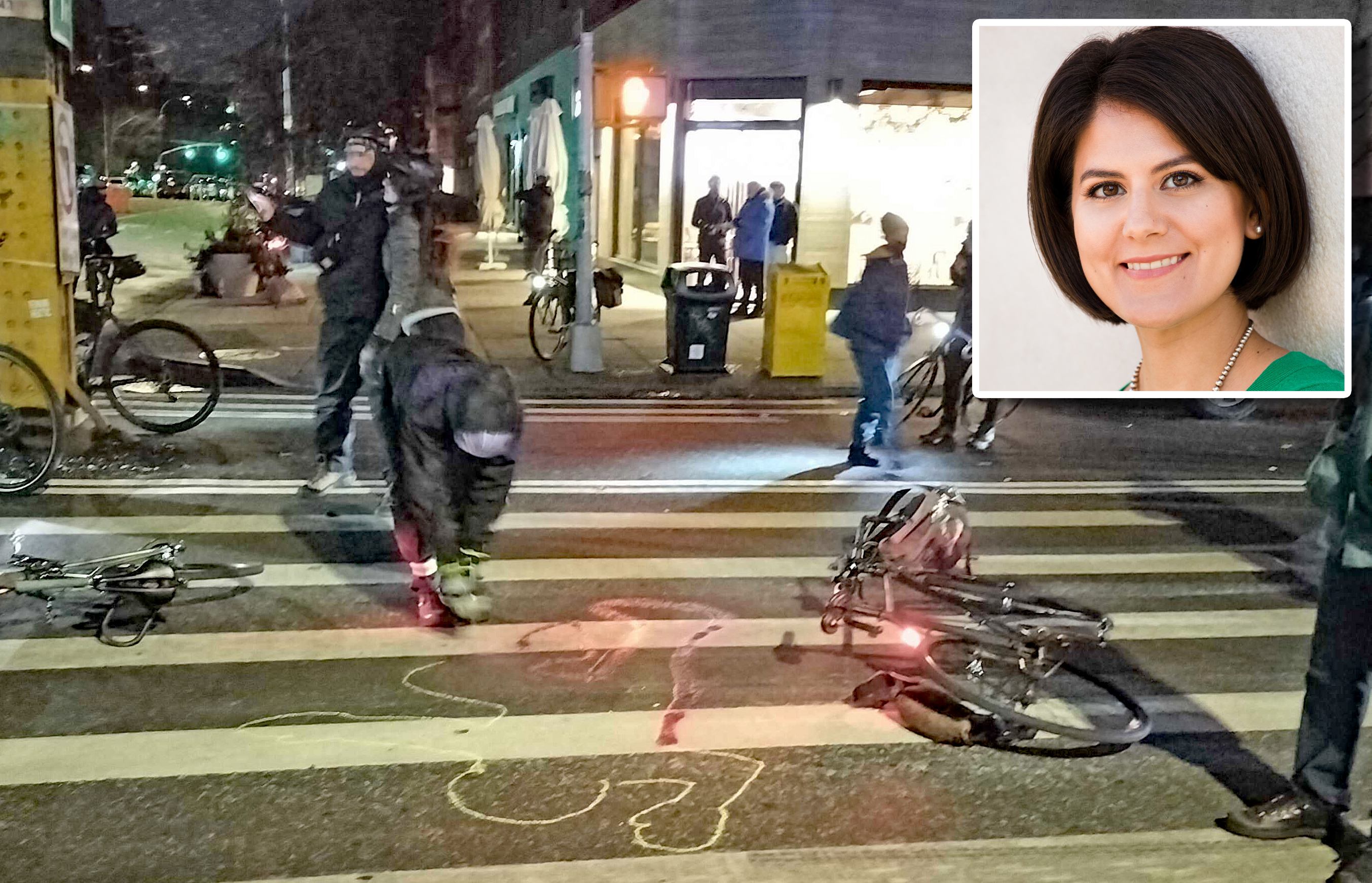This is going to come as a shock, but counting the number of passengers on a new transit line the first week it opens isn't that great a way to predict whether that line will be successful in the long term.
A Reason Rail analysis that did just that -- sent "researchers" to count passengers on the first week of operations for LA's Expo rail line, then predicted the line would be a miserable failure by using that number to project 170 years into the future. Almost a year later, it turns out that oh-so-scientific approach doesn't seem to be holding up.
When the original Reason article was published, James Sinclair at Stop and Move called it "an ad by an oil company." One year later, Sinclair points out, the line is already seeing twice the daily ridership the oil-interest-funded foundation called "the most optimistic figure Reason can come up with." That number was 13,000. Sinclair looks at the latest data:
As expected ... those numbers were meaningless. Only two months after launch, another 5,000 riders were boarding every day. Last week, Metro released their ridership statistics for May 2013: 26,663 That's twice as high as launch month ... and just short of projections for the year 2020. In other words, as expected by everyone except for Reason, ridership on a new transit line DOES increase from the opening numbers. Based on other lines in LA, these increases happen for about 2 years before the line reaches its expected ridership. For Expo, that means ridership will normalize just in time for the extension to open, and bring in two more years of steady increases.
Sinclair says Expo ridership is still lower than other lines in L.A., but that's partly because the line is still new and yet unfinished, and partly because it is shorter than the other lines.
Meanwhile, we're still waiting for Reason to issue a warning about the real-life, lower-than-expected use of these massively wasteful and expensive highways.
Elsewhere on the Network today: Systemic Failure relays the news that Paris has replaced a section of expressway on the left bank of the Seine with a pedestrian walkway. Global Site Plans wonders whether Phoenix can successfully convert its many stroads into complete streets. And Urban Indy reports that Indianapolis is getting ready to add buffered bike lanes near the city center.






